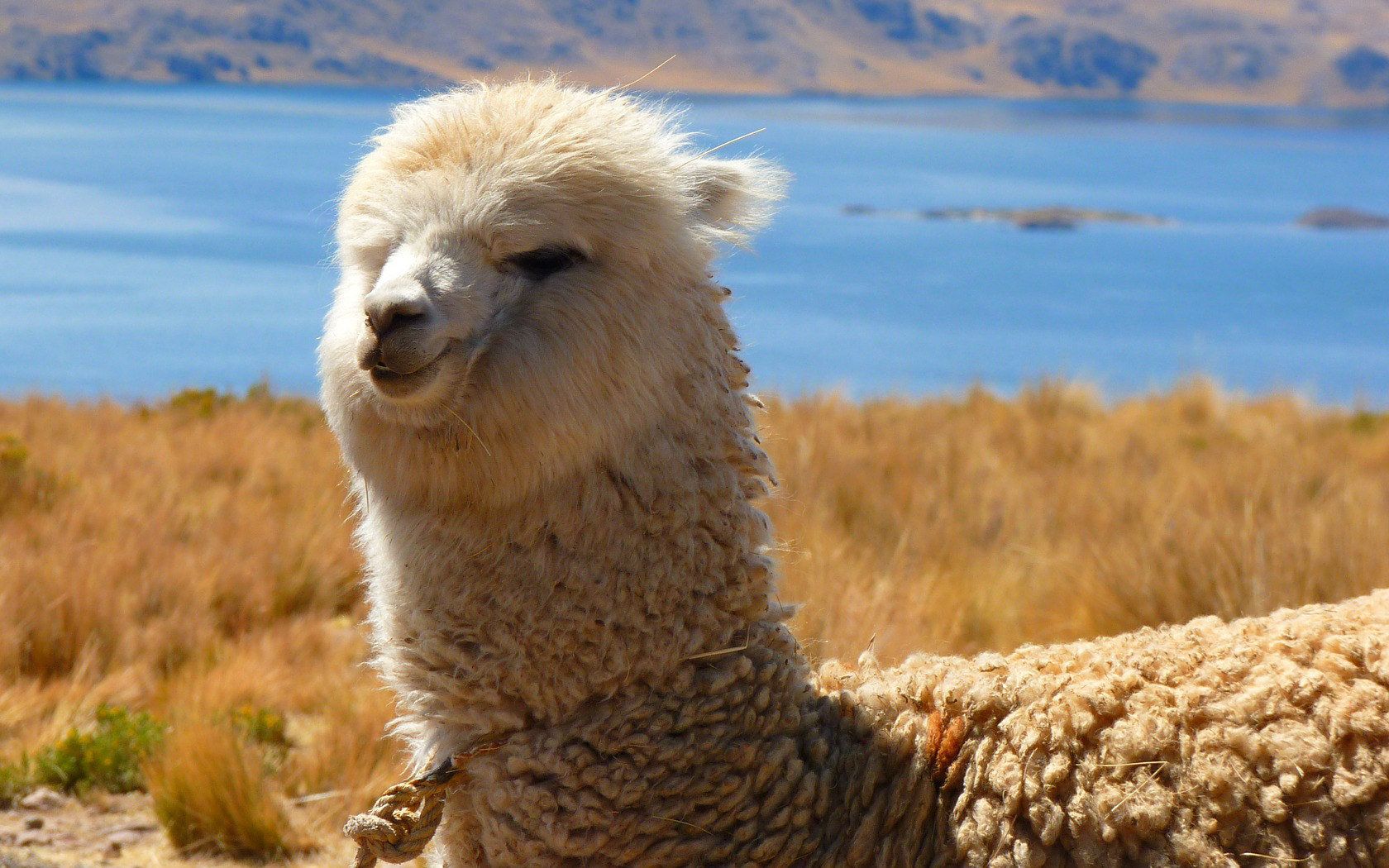It starts getting cold in many parts of the earth right now. Instead of freezing, the old Incas knew a better solution to stand the cold. It’s been about 3,000 years already since people domesticated the coveted Alpaca. The Incas used to keep those animals as livestock because they were not only offering a good food source and a means of transport but also their precious wool.
What’s so special about alpaca wool?
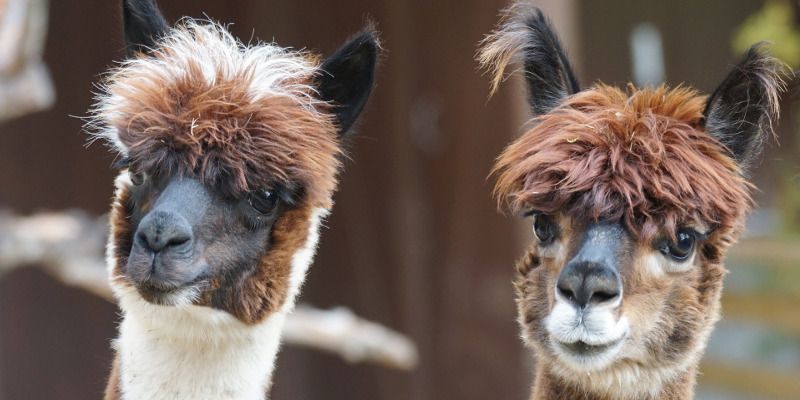
Did you ever own any kind of sweater you didn’t have to wash because it cleaned itself? No? Then you should definitely get some alpaca-fashion. The special wool is a nature product and therefore it’s able to reject dirt. To keep the alpaca scarf, sweater or blanket clean it’s enough to just hang it on a clothes line overnight because the air contains humidity that supports the self-cleaning process. Besides it can be processed in many different ways and if you’re wearing your alpaca sweater, you won’t feel any uncomfortable itching because this material is very soft. In comparison to other materials you probably wear during cold winters, alpaca wool doesn’t only isolate the cold but also compensate the heat because of its thermic function.
Steps of production
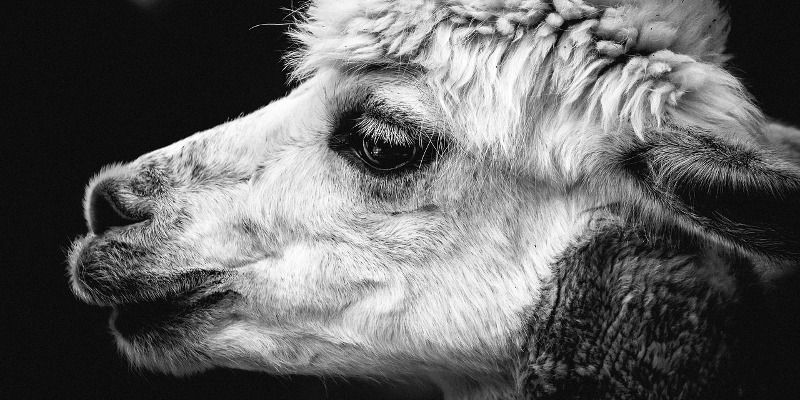
The special material obviously doesn’t grow on a tree. Talking about a soft sweater made of alpaca-wool, we have to keep in mind that there still is that cute animal that actually owns the material. It belongs to the family of the camels and is able to supply three kilos of wool per year. Once a year the alpacas get sheared and the fabrication process begins. To achieve a proper quality, the fibers need to be well-selected. Women that learned this work over thousands of years are separating the different kinds of fibers because the quality of fibers differs. This is a handcrafted and therefore a really hard process. To avoid itching effects of the sweater, the fibers need to get rid of their bristles.
Afterwards they have to be washed to prevent residues of dirt and excess of fat. The carding process helps eliminating fibers that are too large and form strands. The combing of the strands removes knots and builds Tops that can be processed to different kinds of threads. And nowadays people are really picky. For that reason the majority wouldn’t be satisfied with only the natural hair colors of the alpacas. That’s why the threads need to be colored. At the end they spin them to make them thinner. And there we got our alpaca-wool ready to be processed to sweaters, blankets, scarfs and more.
Fluffy, various diverse and fair
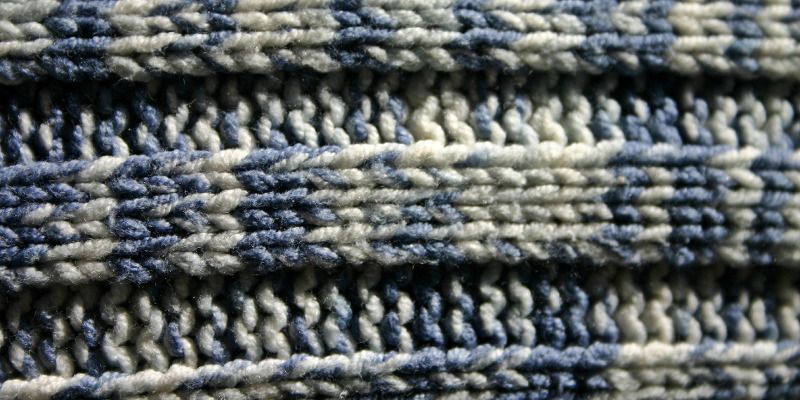
But Aalpaca -wool is not alpaca-wool. As mentioned above, the wool’s fibers differ regarding quality. That means we have different sorts of alpaca-wool, for example Royal, Baby, Finca, Superfine, Huarizo, Guesa or a mixture. No matter what, the wool feels smooth and absolutely not itchy on our skin. Chinese textile manufacturers also discovered the high-quality material. In Asia the salaries are lower, especially in sewing work. This makes the alpaca products cheaper for the consumer. The problem is that this threatens Ecuadorian and other South American producers to lose their jobs and their existence. A lot of Non-Profit-Organizations are already trying to solve the problem supporting textile producers in Ecuador and South America.
Otavalo Market
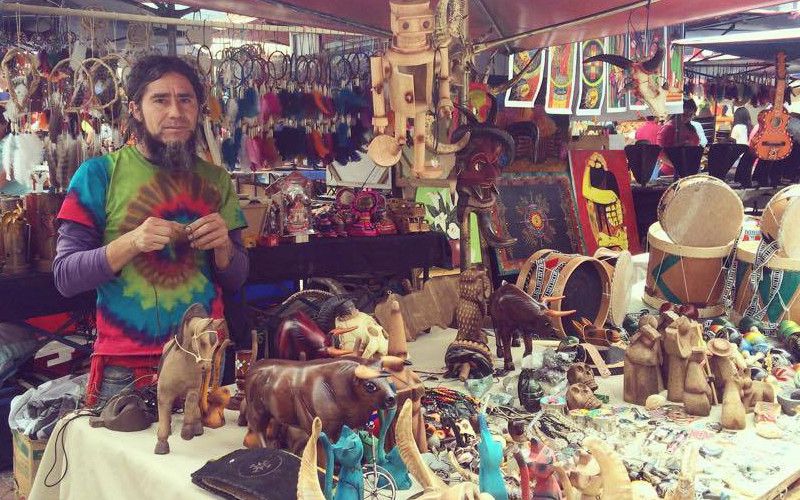
To make sure your alpaca sweater is locally produced and people were working on it under fair conditions visit the beautiful and famous market in Otavalo to buy it. According to several travel guides this market is under the top ten must-sees in whole South America. And it really earns its popularity. Besides sweaters, scarfs, gloves, ponchos, blankets, pillows and hats made of alpaca wool you can find a lot of other handcrafted stuff there. If you want to spend some more time there, our Spanish School in Otavalo offers language courses and trips around the area of Otavalo.
Originally published on Ailola by Laura Straub on November 18, 2016.
